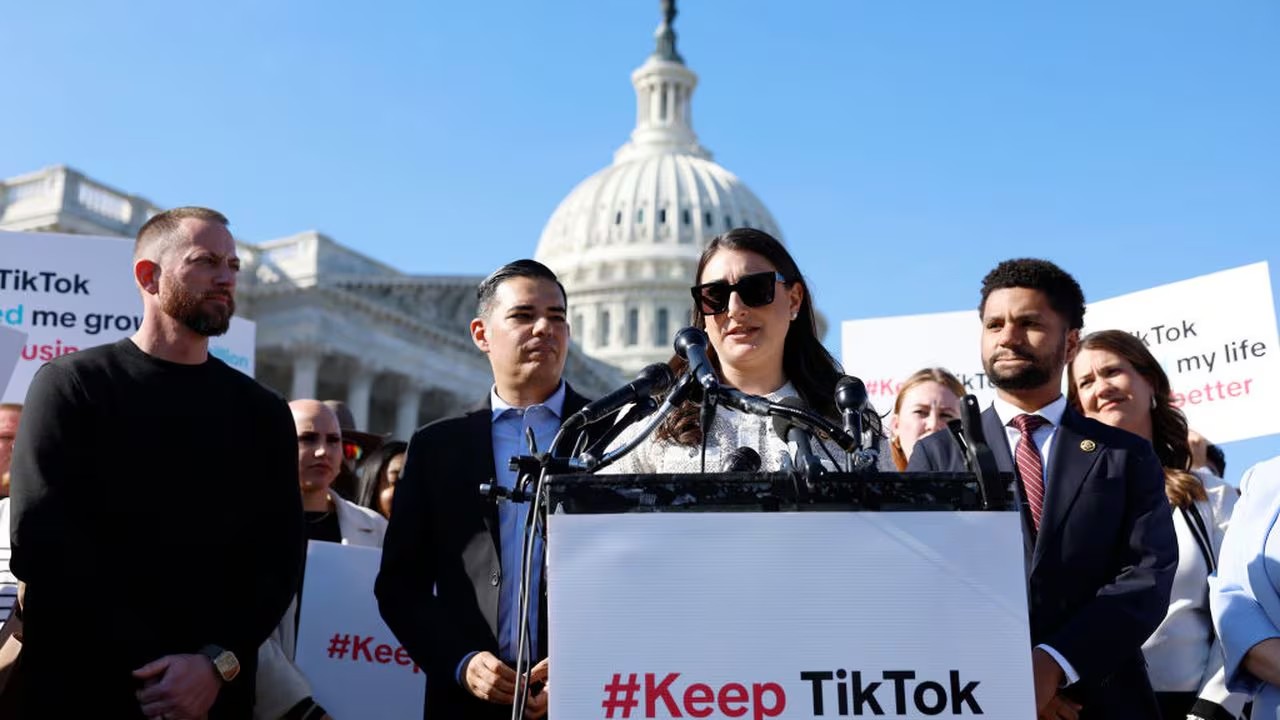European Union (EU) lawmakers have reached a political agreement on the legislation that will govern the production of new combustion-engine vehicles. All cars and light trucks built, after 2030, will be required to reduce emissions by 50 percent compared to 2021 levels. By 2035, the production of all types of combustion engine cars is expected to be banned on European soil.
The EU’s decision is of great global impact, particularly as Europe is one of the largest trading blocs in the world. In addition, the continent is home to many of the world’s largest vehicle manufacturers. All indications are that the industry is intended to start working firmly towards an all-electric future. The proposed legislation will now have to be approved by the Council of the European Union and the Parliament, so it is expected that some changes will be made to the primary rule.
The future of the automobile for the EU
The first key requirement is to achieve a 55 to 50 percent reduction by 2030 in CO₂ emissions. It should be remembered that these numbers should be based on the levels taken in 2021. Emission levels must be reduced to 100 percent for both new cars and light trucks by 2035. Although these are the main objectives, there are still some additional caveats.
By way of example, those manufacturers with numbers of less than ten thousand cars or twenty-two thousand vans per year will have other objectives. This implies that the emission reduction standard for 2030 does not run, but the final target set for 2035 does. There is also the so-called “Ferrari clause”, which seeks to protect small vehicle manufacturers with a lower production of models per year than larger manufacturers.
Regulatory gaps
Once known, the rule that seeks to legislate this initiative of the European Union has begun to be criticized. At this point, attention is focused on some serious loopholes in its application. Many are wondering how certain European factions that will be affected by the goal of eliminating CO₂ emissions from vehicles can be appeased. In this regard, it points to cars that are “outside the scope of fleet standards”. Special vehicles, such as ambulances, patrol cars or fire trucks, have been targeted there and could find a way to take advantage of the exclusion.
For Jan Huitema, who negotiated the drafting of the agreement on behalf of the European Parliament, it would “create clarity for the automotive industry and stimulate innovation and investment for automakers”. The Dutch centrist politician, in a press release, made it clear that “we support a target of 100 percent emission reductions by 2035” and went on to expand, “this is crucial to achieve climate neutrality by 2050 and make clean driving more affordable for our citizens.”




